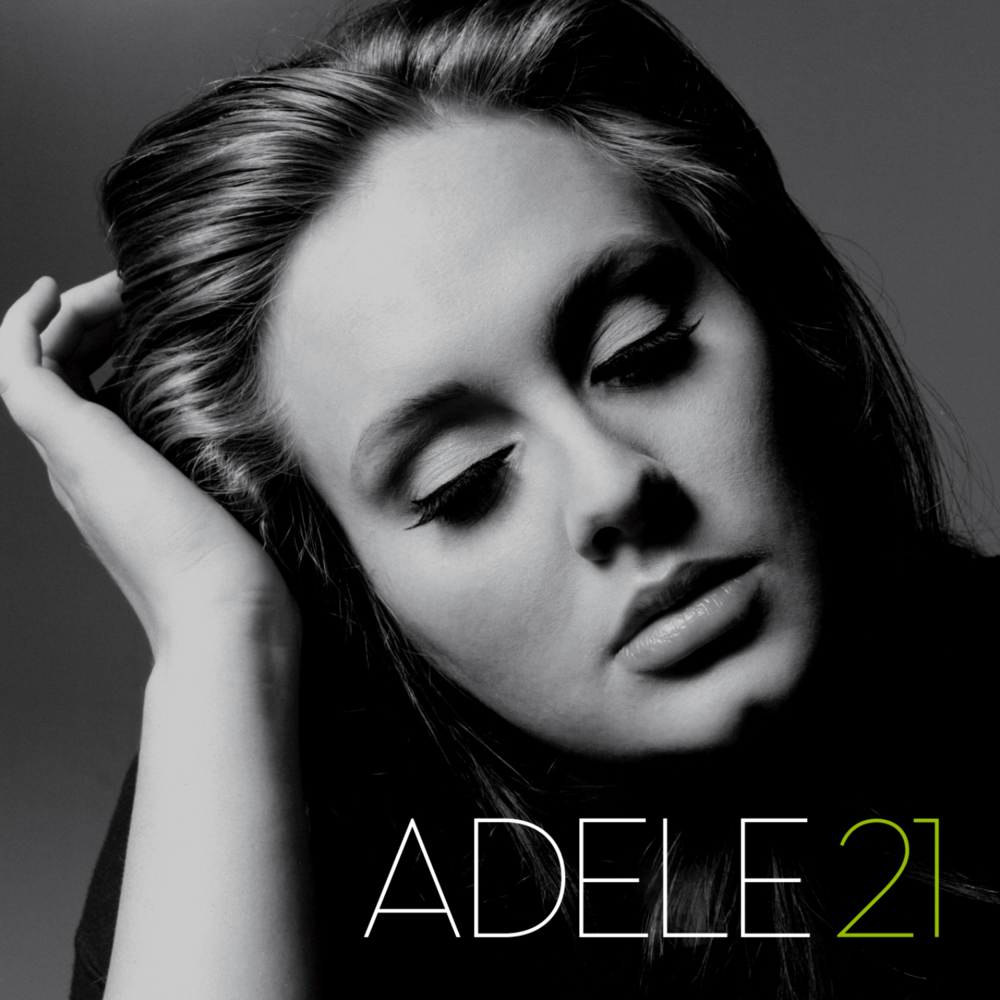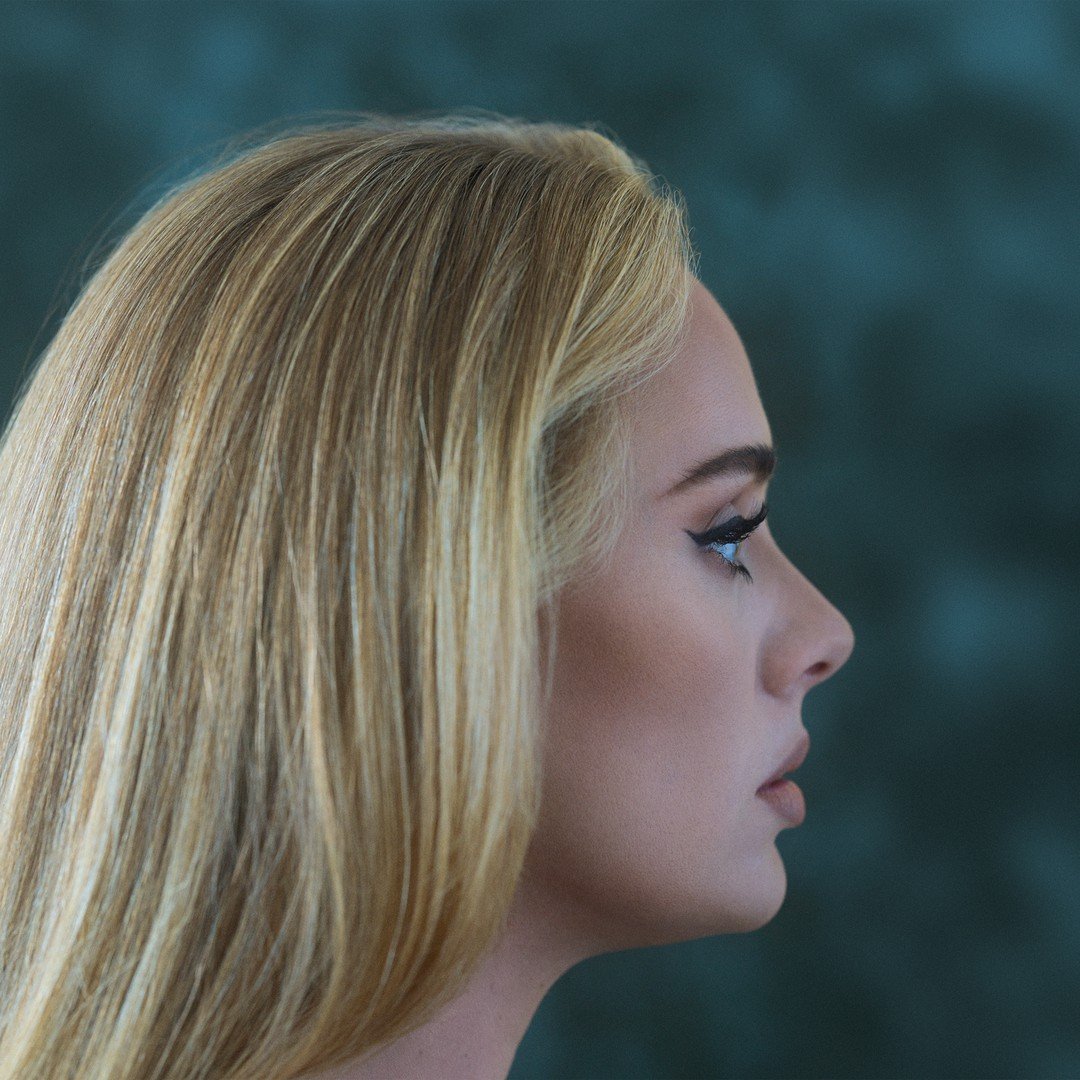Happy 15th Anniversary to Adele’s debut album 19, originally released January 28, 2008.
After being bounced from Ticketmaster queues in at least seven different cities, I inexplicably managed to walk away with floor seats for Adele’s Live 2016 tour stop in Montréal. Nearly a full year later, my wife and I sat with 32,000 of our closest friends at Centre Bell, unable to avert our gaze from the floor-to-ceiling hologram of the singer’s closed eyes that, as we correctly presumed, would open at showtime.
When the chanteuse from Tottenham eventually appeared in silhouette form behind the sheer drape that adorned the stage to the opening notes of her indestructible single “Hello”, the roar of the audience permeated every corner of the venue.
Adele had, in every sense of the word, arrived.
The concert was stunning, and save for a few bits of cinematic flair used for visual sweetening, it was quite honestly one of the least pretentious arena shows I’ve seen. While we were quite aware of the grandeur of the whole affair as we watched the veritable sea of bodies sway and sing as they hung on her every note, there was a palpable warmth and intimacy on her behalf that absolutely made you believe that you had been invited into something much more personal.
The Live 2016 tour followed her third studio album, 25, which finally dropped in late 2015 after fans had been without new Adele music for well over four years. The set was an unqualified commercial and artistic triumph, obliterating sales records across the globe—allegedly to the point that several major artists postponed street dates for new music projects in the weeks following 25’s release for fear of having to compete with its largesse.
Given her powerful cachet, it seems almost unfathomable that Ms. Adkins had her sights set on anything else but taking the world by storm with her prodigious instrument. She could have missed the opportunity when she graduated from the BRIT School for Performing Arts & Technology just seven years earlier with aspirations to jump into A&R, hoping to nurture the careers of other musicians rather than her own.
But a chance discovery of a three-song demo she had recorded for a class project by XL Recordings head Richard Russell, which had been posted casually by a friend on the then-cutting edge MySpace platform, would prompt the eighteen-year-old to reconsider her prospects. Within months, Adele was offered a recording contract with XL. Within less than a year, she would begin recording her debut album.
Watch the Official Videos (Playlist):
Before the incalculably ubiquitous sales, airplay, awards, and accolades, there was 19—a premiere that emerged in early January 2008 that was comparably modest to its successors. Co-producers Eg White, Jim Abbiss, and Mark Ronson were recruited to finesse the tracks that Adele had chiefly written herself.
The stunning ballad “Hometown Glory” was chosen as the album’s first single, preceding 19’s release by three months. It would break Adele into the UK charts with her first top twenty hit and also dented a few other tallies around Europe. The track opens with a similar adagio piano melody to “Hello,” but escalates to a brisker tempo fifty seconds in.
The voice is unmistakable—her full-bodied mezzo-soprano billowing in between the keys and strings. The slight rasp you’ll hear on this recording reportedly disappeared on later releases due to necessary vocal cord surgery. Her vocal phrasing feels a bit less formal at this earlier stage, somewhat more prominently kissed with her North London accent than it would be in the future.
As she explained to Blues & Soul in 2008, the song is a deliberate homage to her upbringing. "I wrote 'Hometown Glory' on the guitar. It`s just four chords pressing one string—and it was actually the first song I ever wrote from start to finish. It was kind of about me and my mum not agreeing on where I should go to university. Because, though at first I’d wanted to go to Liverpool, later I changed my mind and wanted to go to university in London. But, because I love being at home and I’m really dependent on my mum, she still wanted me to go to Liverpool. So that I’d have to learn how to do things on my own, rather than still be coming home for dinner, having her do my washing and stuff like that. So in that way it was a kind of protest song about cherishing the memories—whether good or bad—of your hometown. Whereas—having only been to Liverpool about twice—there’s nothing there that comforts me, here in London—even if I’m having a really shit day—there’s still something I love about the place. So really yeah, in general it is an ode to the place where I’ve always lived."
Second single “Chasing Pavements” truly ushered Adele into the international spotlight, with its sweeping choruses that recalled the dramatic flourishes of Dusty Springfield ballads like “You Don’t Have To Say You Love Me.” It’s a compelling snapshot of the Invasion-era soul revival of the late 2000s that has often boxed Adele in with other Brit contemporaries like Amy Winehouse and Duffy. However, that doesn’t detract from its beauty and appeal.
“I wanted to work with (the producer) Eg White when I heard what stuff he`d done,” she confirmed to Blues & Soul when asked about the single’s success. “Because I wanted that radio song. I wanted that big kind of commercial tune to get me noticed by people. Because, while personally I`d happily still sing to 10 people in a pub like I used to, I do want as many people as possible to hear my music. Not so they`d buy my album, but because I do wanna be known as a musician.
19 swings back and forth liberally between pristine folk-infused tunes like album opener “Daydreamer” and celesta-driven music box mimic “First Love,” and the grittier blues-hued expressions of “Best For Last” and “Crazy For You”—two tracks that reduce the background noise to just a muted electric guitar, putting Adele’s agile voice on full display.
“Cold Shoulder,” “Tired,” and “Right As Rain” push the album into decidedly more up-tempo territory, the latter of which features an irresistibly catchy current of vintage Rhodes and a sharp Motown-flavored rhythm section. Adele’s vocal versatility is impressive as it changes gears, seeming equally comfortable sassing an ousted lover as it does grasping tightly on her own heartstrings. “My Same,” one of the early compositions that was included in the batch of songs on her MySpace demo, takes a slightly different direction with its punchy jazz shuffle.
Enjoying this article? Click/tap on the album covers to explore more about Adele:
An aspect of 19 that deserves mention is that of Adele’s prowess as a multi-instrumentalist. While the album credits boast a long list of supporting musicians, she plays lead guitar on three tracks, bass on two, and keys on another. Her non-vocalist contributions to her records seemed to diminish later on, and she rarely accompanies herself live save for a few infrequent appearances with an acoustic guitar in hand.
One of the most discussed tracks on 19 is “Make You Feel My Love,” an emotional cover of Bob Dylan’s recent classic. “I wrote 9 songs in a short space of time, all about this awful relationship I was in,” she told the Manchester Evening News 2008 about her decision to include it among her own original songs on the album. “I never quite got down what I was really feeling in those songs, though. Although I was trying to. It wasn't that I was holding back or anything, but I just couldn't get it down. I was bitterly upset and then my manager played me this Bob Dylan song 'Make You Feel My Love.' The lyrics are just amazing, and summed up exactly what I'd been trying to say in my songs. It's about regretting not being with someone, and it's beautiful. It's weird that my favorite song on my album is a cover, but I couldn't not put it on there.”
“Make You Feel My Love” is a pretty ballad that has been perpetually replicated by a myriad of artists since its inception. And although there’s some debate about which of them has created the definitive version, Adele’s reading is unquestionably lovely and sincere.
While her sophomore record 21 made Adele a bona fide star, 19 remains an impressive work that exhibits a level of strong musicianship and focus that would serve as a durable foundation for her blossoming career. She discovered immediately how to connect with her audience in a meaningful, tangible way through her songs. And even as her next three albums usurped 19 commercially, the momentum of any new Adele release would renew interest in the prototype and send it back onto US and UK album charts with a surprising amount of gusto.
Good albums are evergreen. Happy fifteenth, indeed, 19. And cheers to you, Ms. Adkins.
LISTEN:



